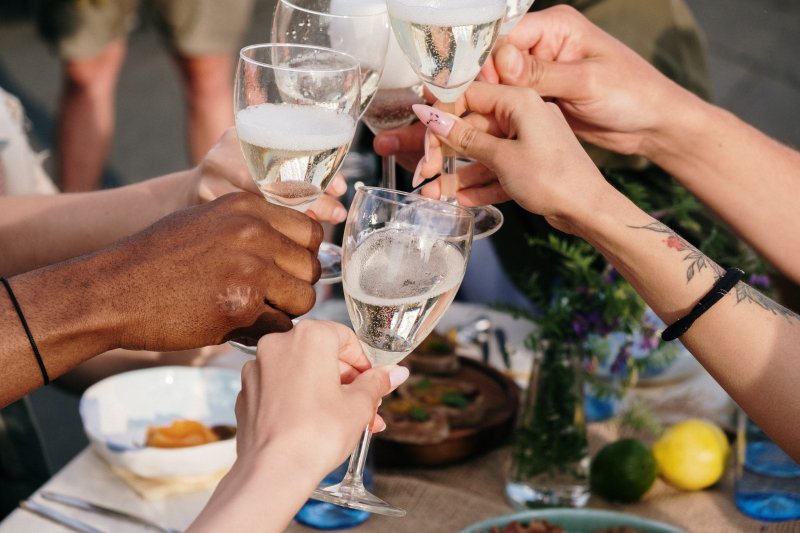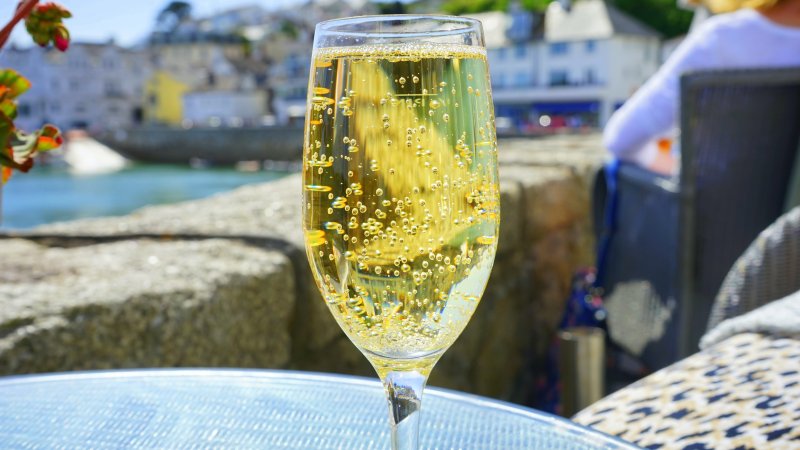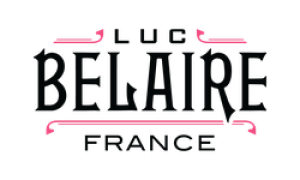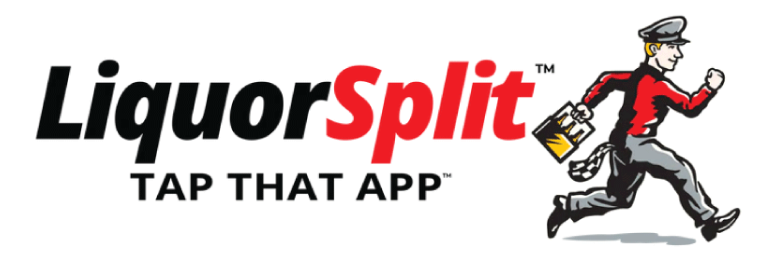Filter Search
Show available only
Categories
Price
Select all
Clear all
$0 - $10
$10 - $50
$50 - $100
$100 - $500
$500 & above
Filter Search
Show available only
Categories
Price
Select all
Clear all
$0 - $10
$10 - $50
$50 - $100
$100 - $500
$500 & above
Product is not availabe in this category, please select other category
ALL ABOUT SPARKLING WINE
Sparkling wines continue gaining popularity among all styles of drinkers. Many still view them as celebratory drinks, but others have started imbibing sparkling varieties like other wines, beers, and spirits to wind down at the end of a nice day or to compliment a meal. Why not enjoy a nice wine instead of a soda with your dinner? Take a chance; find something that appeals to your palate, and avoid the liquor and grocery store lines by buying your sparkling wine online today!

History
Sparkling wine is known to have been produced in the Champagne region of France since the 17th century, where it's development is credited to a Benedictine monk named Dom Pérignon, who was tasked with improving the quality of still wine in the region. In the early years of production, vintners struggled to control the bubbles and prevent explosions in the bottle, and the wine was initially considered a faulty or defective product. In the 19th century there were advancements in production techniques, such as the use of stronger glass bottles and the addition of sugar to control fermentation that quelled these issues. The popularity of Champagne grew among the aristocracy and upper classes of Europe, and it became a symbol of luxury and celebration. Today, sparkling wine is now produced in many countries around the world, using different grape varieties and production methods, with Champagne remaining a highly prized and regulated product of the Champagne region. Check out LiquorSplit's individual sparkling wine descriptions to find one perfect for you.
How Sparkling Wine is Made
Depending on the style of dessert wine produced, the crafting process varies. The winemaking process involves a few different steps. First, winemakers grow and harvest grape varieties that produce a particular style of wine. Then, they prepare the grapes for fermentation by either leaving the bunches on their stems or removing them, which affects the sweetness of the wine. After all the preparation, vintners start alcohol production by adding yeast to the must to start fermentation. Wine naturally ferments with yeasts in the air if left alone, so most winemakers inoculate the must and add the yeast of their choosing. The soon-to-be wine gets stirred twice a day and ferments for at least a week although most get left alone for much longer periods. At this point, sparkling wines deviate a bit from other wines. Three methods to produce CO2 in the wine exist: Méthode Traditionnelle/Champenoise, the tank method, and the coca-cola or injection method. In the traditional method, vintners add some excess yeasts and sugars to the original bottle to produce carbon dioxide and slowly tilt the bottles until they’re upside down to remove residuals. This process takes at least 15 months, and they disgorge the resulting plug made from excess material before they recap it. The tank method follows nearly the same process as the traditional, except winemakers ferment a whole tank instead of individual bottles. Vintners add liqueur de tirage (sugar, wine, and yeast) to the large batch so the whole thing gets carbonated at once. As opposed to individual bottles, this process saves considerable time and effort. The last method injects CO2 into the wine without a second fermentation. Most renowned vintners avoid this technique since the bubbles created are much larger and it goes flat quickly. Finally, winemakers let the wine clarify and degas it. White wines take about three to six months to clear up and still have a lot of CO2 (carbon dioxide) in them that needs to be released. Once they remove the excess gas, they either bottle the product or “cold crash” it. Cold crashing means halting the fermentation as it finishes by lowering temperatures to around 30-35°F, which leaves residual sugars behind and makes it sweeter before bottling.
Types of
- Cava - present light to medium bodied with citrus flavors, high acidity, and a pronounced minerality. Prominent flavors include quince, apple, lemon, lime, and almond while more subdued flavors like brioche and fig show up later.
- Prosecco - This popular wine often comes in a brut, extra dry, style with a recognizable sweetness. The amount of CO2 varies between spumante (sparkling) and frizzante (semi sparkling) styles. Extra dry varieties include flavors citrus, lemongrass, and dry styles often taste like white peach, honeydew, or green apple.
- Sekt - This German variety typically comes in two variations: deutscher sekt or winzersekt. Deutscher means all the grapes in it came from Germany, while winzersekt refers to a high quality style crafted in the same manner as champagne. They carry tastes of jasmine, peach, melon, apples, and citrus, melon, and marmalade, but the lower quality options flavors can often be hard to distinguish.
- Crémant - Crémant largely comes out of France and Luxembourg. The nine varieties available taste similar to high quality Champagne. They often carry floral flavors with notes of apricot, peach, yellow or red apple, nuts, honey, pear, lemon, quince, and red currant.
- Spumante - This Italian word means bubbly wine, which is appropriate since Spumante varieties are produced in Italy. This term include Prosecco, Franciatora, Asti, and Lambrusco styles that closely resemble Champagne with floral, citrus, and honey flavors.
- Sparkling Rosé - Sparkling rosé often carries bready flavors as well as hints of red berries (cherries, cranberries, strawberries). Since there’s a lot of different options within the genre, some of the common flavors include red apple, bread, sourdough, white mushroom, melon, fresh or roasted herbs, grapefruit, peach, watermelon, lemon peel, spices, nuts, and vanilla.
- Franciatora - This sparkling wine comes out of Brescia, Italy. They include white, rosé, and satèn styles that present differently. Both white and rosé varieties present fresh and fruity, while satèn flavors mesh well together and create creamy, harmonious tastes.
WHAT DOES SPARKLING WINE TASTE LIKE?
Sparkling wines often carry floral, fruity citrus, and red berry flavors. They can also present spicy, bready, nutty, creamy and vanilla tastes depending on the style chosen. Take a minute to look at LiquorSplit’s individual product description to learn more about each sparkling wine variety’s characteristics. Buy your sparkling wine online and get it delivered today!

How to Drink Sparkling Wine
Similar to white wine, sparkling wine should be chilled to around 45 to 50°F to present its characteristics correctly. Keep it on ice or in the refrigerator to help maintain the appropriate temperature range after pouring your first glasses. Use a slender, flute-shaped glass with a decent stem so that you can grab it without warming it unnecessarily. The smaller glass style traps bubbles to keep the sparkling wine from going flat. Pour at an angle to avoid creating a huge head and releasing too much CO2. Be careful opening the bottle! The highly pressurized cork definitely comes out with a bang. Remove the extra covering to expose the muselet (wire cage) while keeping a firm thumb on top of the cork. Holding a napkin between your thumb and the cork can help keep it in place and ensure you don’t take the full brunt force of the incoming pop. Without pointing it at anyone, rotate the bottle until the cork comes out without letting it escape.
What Makes Sparkling Wine Popular?
Sparkling wines became associated with celebrations in France as Saint Evremond shared it at royal and aristocratic gatherings. While the original vintners saw bubbles as undesirable, aristocrats from London began seeking out the sparkling varieties intentionally. Their popularity fluctuated throughout time, but today countries like Italy, France, and Germany exported more sparkling wines than other styles. In order, Germany, France, USA, Russia, and Italy drink the most sparkling wines worldwide. While chardonnay makes up the bulk of this, Prosecco, Spanish Cava, and other styles continue gaining popularity as a great effervescent drink to unwind with at the end of the day. US varieties and the shift in attitude toward casually drinking sparkling wines inspires chefs to craft appetizers, dishes, and desserts to compliment the light body and flavors presented. Check out LiquorSplit’s individual product descriptions to learn more about different flavors, and order your favorite sparkling wine today!
LIQUORSPLIT’S FAVORITE SPARKLING WINE




Please select your delivery location for us to get the order deliver faster.
Home
Cart
Profile
Location
